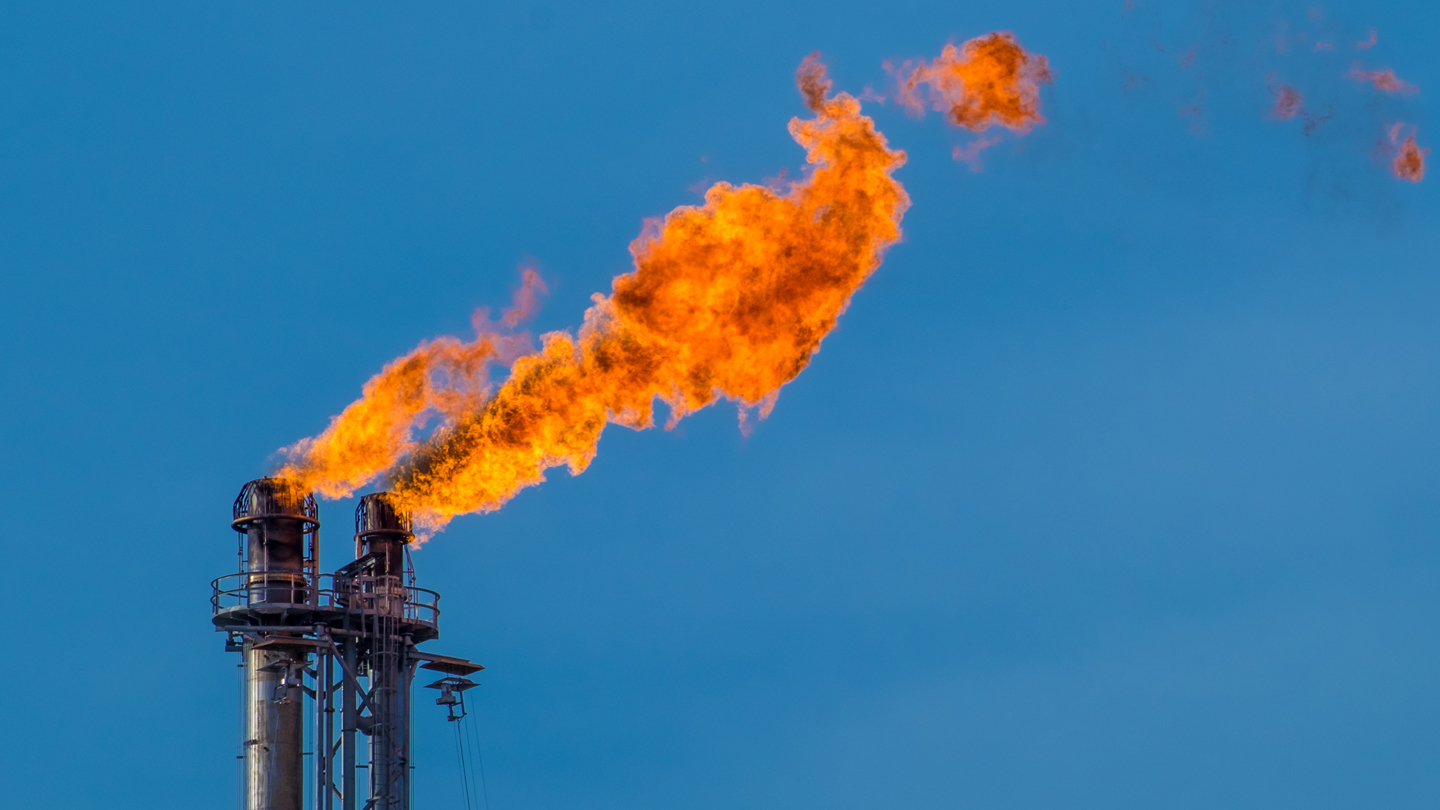Satellites have located the world’s methane ‘ultra-emitters’
A small number of “ultra-emitters” of methane from oil and gas production contr

A small number of “ultra-emitters” of methane from oil and gas production contribute as much as 12 percent of methane emissions from oil and gas production every year to the atmosphere every year — and now scientists know where many of these leaks are.
Analyses of satellite images from 2019 and 2020 reveal that a majority of the 1,800 biggest methane sources in the study come from six major oil- and gas-producing countries: Turkmenistan led the pack, followed by Russia, the United States, Iran, Kazakhstan and Algeria.
Plugging those leaks would not only be a boon to the planet, but also could save those countries billions in U.S. dollars, climate scientist Thomas Lauvaux of the University of Paris-Saclay and colleagues report in the Feb. 4 Science.
Ultra-emitters are sources that spurt at least 25 metric tons of methane per hour into the atmosphere. These occasional massive bursts make up only a fraction — but a sizable one — of the methane from oil and gas production shunted into Earth’s atmosphere annually.
In the new study, the team didn’t include sources in the Permian Basin among the ultra-emitters; the large emissions from that region are the result of numerous tightly clustered but smaller emissions sources. Because TROPOMI doesn’t peer well through clouds, other regions around the globe, such as Canada and the equatorial tropics, also weren’t included.
But that doesn’t mean those regions are off the hook, Lauvaux says. “There’s just no data available.” On the heels of this broad-brush view from TROPOMI, Lauvaux and other scientists are now working to plug those data gaps using other satellites with better resolution and the ability to penetrate clouds.
Stopping all of these big leaks, which amount to an estimated 8 to 12 percent of total annual methane emissions from oil and gas production, could save these countries billions of dollars, the researchers say. And the reduction in those emissions would be about as beneficial to the planet as cutting all emissions from Australia since 2005, or removing 20 million vehicles from the roads for a year.
Such a global map can also be helpful to countries in meeting their goals under the Global Methane Pledge launched in November at the United Nations’ annual climate summit, says Daniel Jacob, an atmospheric chemist at Harvard University who was not involved in the study (SN: 1/11/22).
Signatories to the pledge agreed to reduce global emissions of the gas by at least 30 percent relative to 2020 levels by 2030. These new findings, Jacob says, can help achieve that target because it “encourages action rather than despair.”
Tags:located,Satellites,have,




